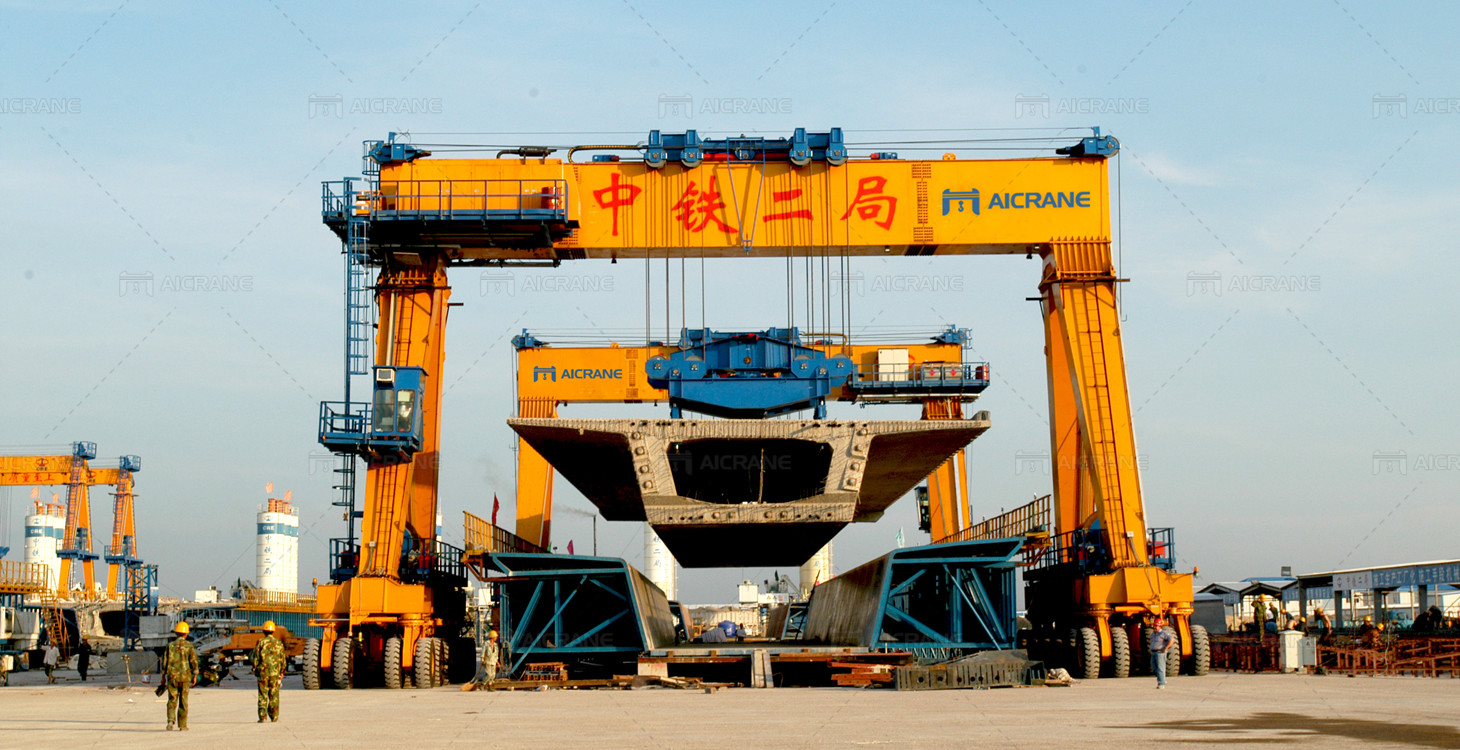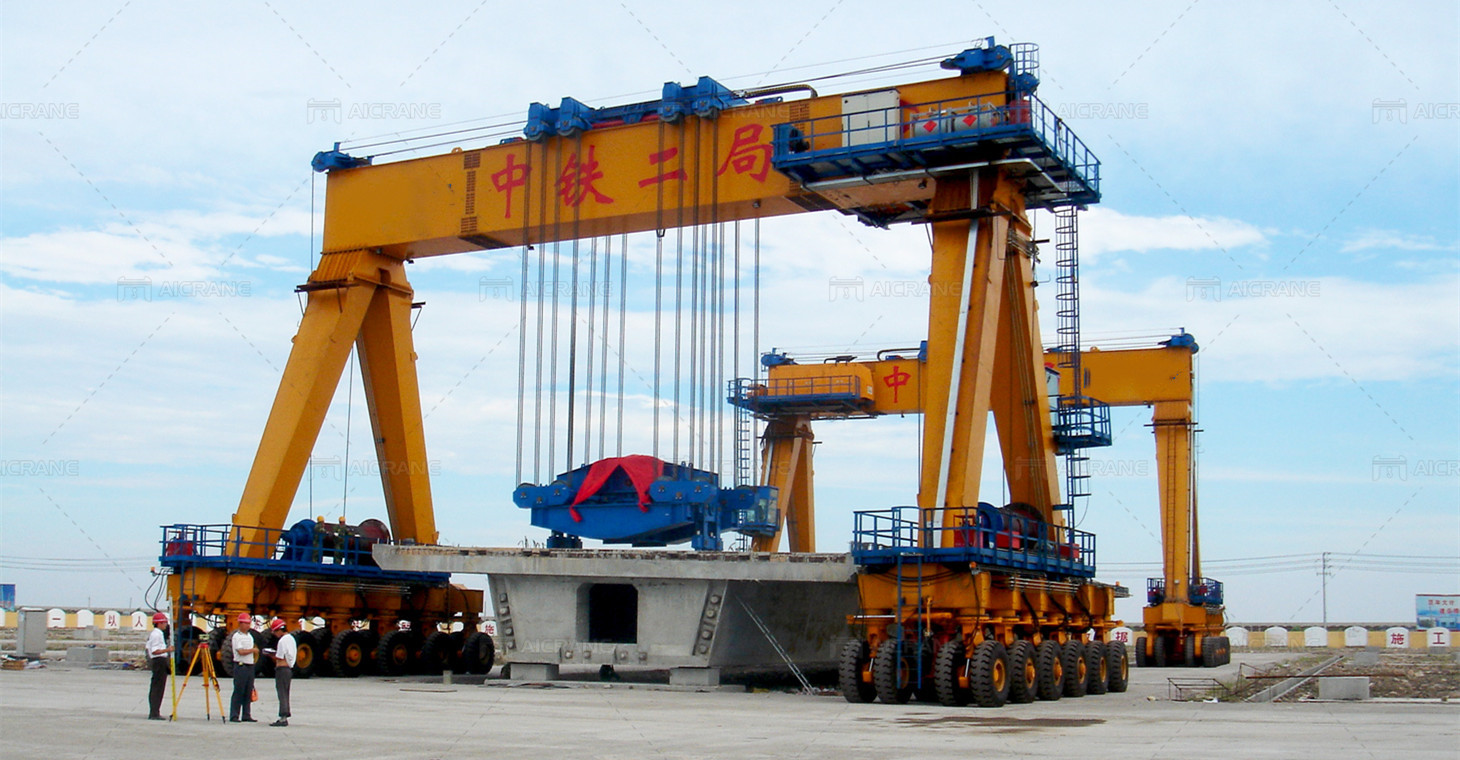Choosing the right straddle carrier is a critical decision for industries involved in container handling, port operations, and intermodal logistics. A suitable straddle carrier not only enhances operational efficiency but also contributes to cost-effectiveness and safety. In this comprehensive guide, we will explore essential tips to assist you in making an informed decision when selecting a straddle carrier for sale. From performance specifications to operational considerations, these tips aim to guide you through the intricate process of finding the optimal solution for your specific needs.

Understanding Operational Requirements
The foundation of choosing a suitable straddle carrier lies in a thorough understanding of your operational requirements. Evaluate factors such as the size and weight of the containers you handle, the frequency of lifts, and the required stacking heights. Consider whether the straddle carrier for sale will be used in a port, rail yard, or intermodal facility, as these environments may have unique demands. By clearly defining your operational needs, you can narrow down the selection to straddle carriers that align with your specific requirements.
Capacity and Size Considerations
Straddle carriers come in various capacities and sizes, and selecting the right combination is crucial. Assess the maximum weight and dimensions of the containers you handle, ensuring that the straddle carrier’s lifting capacity meets or exceeds your operational demands. Consider the stacking height as well, as this influences the vertical reach of the straddle carrier crane. Balancing capacity and size is essential to optimizing the carrier’s performance while maintaining cost-effectiveness.
Mobility and Maneuverability
The mobility and maneuverability of a straddle carrier are key factors in determining its effectiveness in different operational environments. Consider the turning radius, steering capabilities, and overall mobility of the straddle carrier, especially if it will be operating in confined spaces. Opt for carriers with features such as 360-degree steering to enhance flexibility and ensure seamless movement in busy terminals or yards.

Fuel Efficiency and Environmental Impact
In an era of increasing emphasis on sustainability, considering the fuel efficiency and environmental impact of a straddle carrier heavy duty crane is paramount. Straddle carriers are available in diesel, hybrid, and electric configurations. Assess the carrier’s fuel consumption rates, emissions, and overall environmental footprint. Opting for eco-friendly alternatives not only aligns with environmental goals but may also result in long-term cost savings.
Technology and Automation Integration
Embracing technological advancements and automation capabilities can significantly enhance the efficiency of straddle carrier operations. Look for carriers with advanced control systems, telematics, and automation features that streamline processes such as container positioning, stacking, and retrieval. Automation not only improves operational speed but also contributes to safer and more precise container handling.
Maintenance Requirements and Serviceability
A well-maintained straddle carrier is crucial for minimizing downtime and ensuring long-term reliability. Assess the maintenance requirements of potential carriers, including routine service intervals and the accessibility of critical components. Opt for carriers with user-friendly designs that facilitate easy access for maintenance and repairs. Additionally, consider the availability of spare parts and the support provided by the manufacturer or dealer in terms of service and maintenance.
Operator Training and Ergonomics
Operator training and ergonomics play a vital role in the safe and efficient operation of straddle carriers. Choose carriers with user-friendly control interfaces and ergonomic cabin designs to enhance operator comfort and reduce fatigue during extended shifts. Ensure that the manufacturer provides comprehensive training programs for operators to maximize their proficiency in handling the specific model of straddle carrier.
Total Cost of Ownership (TCO)
Assessing the Total Cost of Ownership (TCO) is a holistic approach that considers not only the initial purchase price but also ongoing operational costs, maintenance expenses, and potential fuel consumption. Evaluating TCO provides a comprehensive view of the economic viability of a straddle carrier over its entire lifespan. Compare TCO estimates for different models to make an informed decision based on both short-term and long-term financial considerations.
Vendor Reputation and Support
The reputation of the vendor or manufacturer is a critical factor in the selection process. Research and gather information on the track record of the manufacturer, including their experience in producing straddle carriers, the reliability of their equipment, and customer satisfaction levels. Assess the level of support offered in terms of after-sales service, spare parts availability, and response times to address issues or provide technical assistance.
Compliance with Industry Standards
Ensure that the selected straddle carrier complies with relevant industry standards, safety regulations, and environmental guidelines. Compliance not only ensures the carrier’s adherence to recognized benchmarks but also contributes to a safer working environment and regulatory compliance for your operations.
Choosing a suitable straddle carrier involves a meticulous evaluation of operational requirements, technical specifications, environmental considerations, and long-term cost implications. By understanding your unique needs and applying these comprehensive tips, you can navigate the market with confidence and make an informed decision that aligns with your operational goals. A well-chosen straddle carrier not only meets current demands but also positions your operations for future growth and efficiency in the dynamic landscape of container handling and logistics.